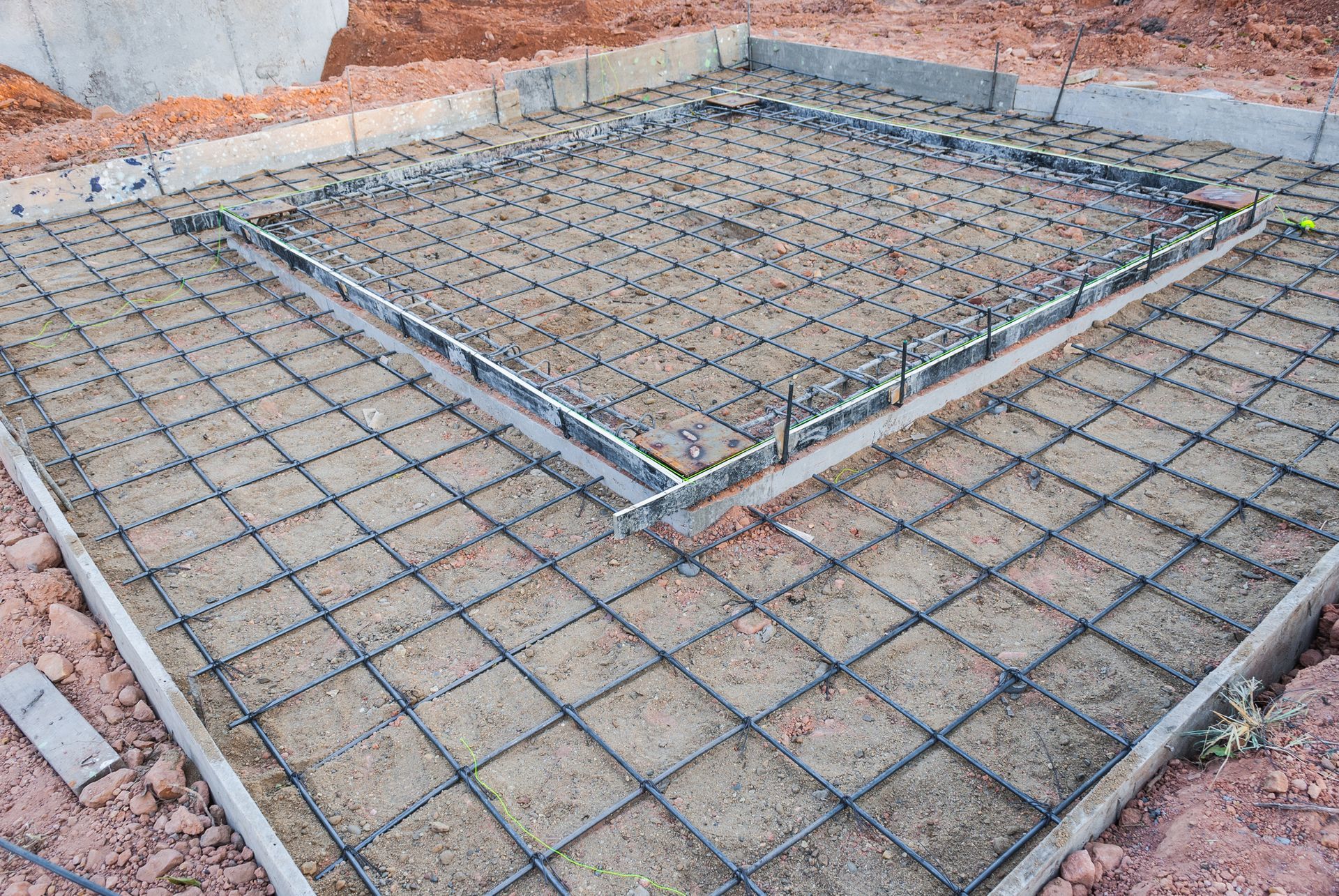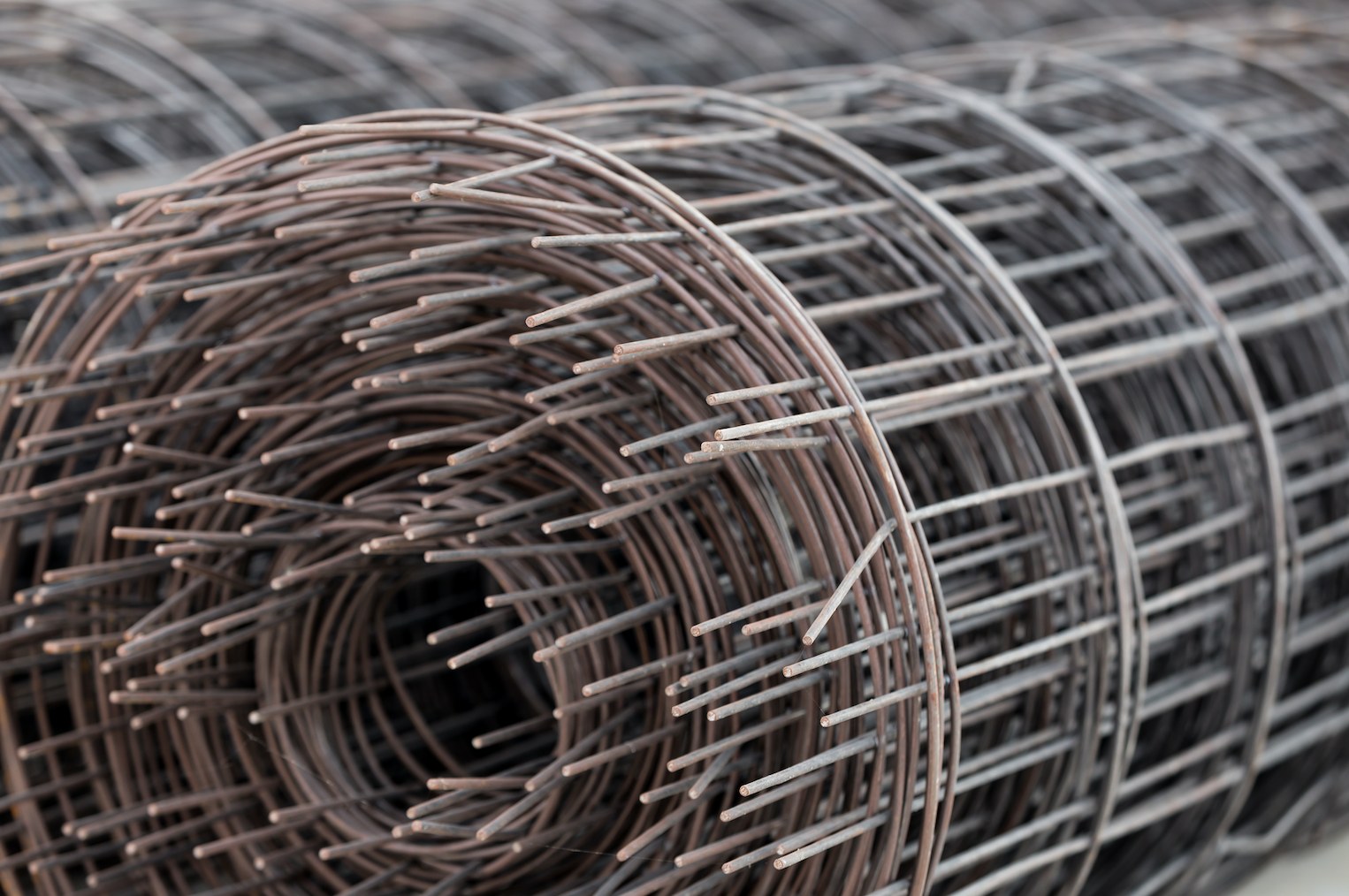Reinforcement and Expansion Joints
Reinforcement and Expansion
Reinforcement and expansion joints play a crucial role in the strength, durability, and functionality of concrete structures. Whether it's a foundation, slab, or other concrete elements, proper reinforcement and the use of expansion joints are essential to ensure the long-term performance of the concrete.
Reinforcement in concrete involves the use of materials such as rebar (reinforcing bar) or wire mesh to increase the tensile strength and overall structural integrity of the concrete. While concrete is excellent at resisting compression forces, it is relatively weak when it comes to tensile forces. Reinforcement helps to distribute these tensile forces and prevent cracking and failure.
One common form of reinforcement is rebar, which consists of steel bars that are strategically placed within the concrete. The rebar provides additional strength by absorbing tensile stresses that occur due to loads or structural movement. The bars are typically placed in a grid pattern and secured with tie wires or metal supports to ensure they remain in position during the concrete pouring process.
Wire mesh is another commonly used reinforcement method, particularly for smaller-scale projects. It consists of interconnected steel wires that are distributed throughout the concrete. Wire mesh helps control shrinkage cracking and adds tensile strength to the concrete.
The appropriate spacing and sizing of reinforcement depend on factors such as the intended use of the structure and the design specifications. It is crucial to consult with structural engineers or professionals to determine the proper reinforcement requirements for your specific project.
In addition to reinforcement, the inclusion of expansion joints is vital in concrete construction. Expansion joints allow for the controlled expansion and contraction of concrete due to temperature changes, moisture fluctuations, or structural movements. Without expansion joints, concrete is prone to cracking or buckling as it tries to expand or contract.



Expansion joints are typically made of flexible materials such as rubber or neoprene and are placed in predetermined locations to create gaps or spaces between concrete sections in driveways and patios. These joints accommodate the natural movement of the concrete without causing stress or damage. They also help to isolate different sections of concrete, preventing cracks from propagating throughout the entire structure.
The spacing and design of expansion joints depend on factors such as the temperature range of the region, the size of the concrete section, and the anticipated movement. For larger concrete slabs, construction joints may also be used in combination with expansion joints to provide additional control over cracking and movement.
Proper installation of expansion joints is crucial. The joints must be clean and free of debris before being filled with appropriate sealants or fillers. This helps to maintain the flexibility and functionality of the joints over time. Regular inspection and maintenance of expansion joints are also necessary to ensure their effectiveness and to prevent issues such as water infiltration or joint deterioration.
In conclusion, reinforcement and expansion joints are essential elements in concrete construction.
Reinforcement, such as rebar or wire mesh, helps to enhance the strength and durability of concrete structures, particularly in resisting tensile forces.
Expansion joints allow for controlled movement and prevent cracking or damage caused by temperature changes and other factors.
Together, reinforcement and expansion joints contribute to the longevity, performance, and structural integrity of concrete constructions. When planning a concrete project, it is crucial to consult with professionals to determine the appropriate reinforcement and expansion joint requirements for your specific application.
Call Us today at (216) 677-1033 for a free quote. You'll be glad you did!
Precision Concrete Contractors
